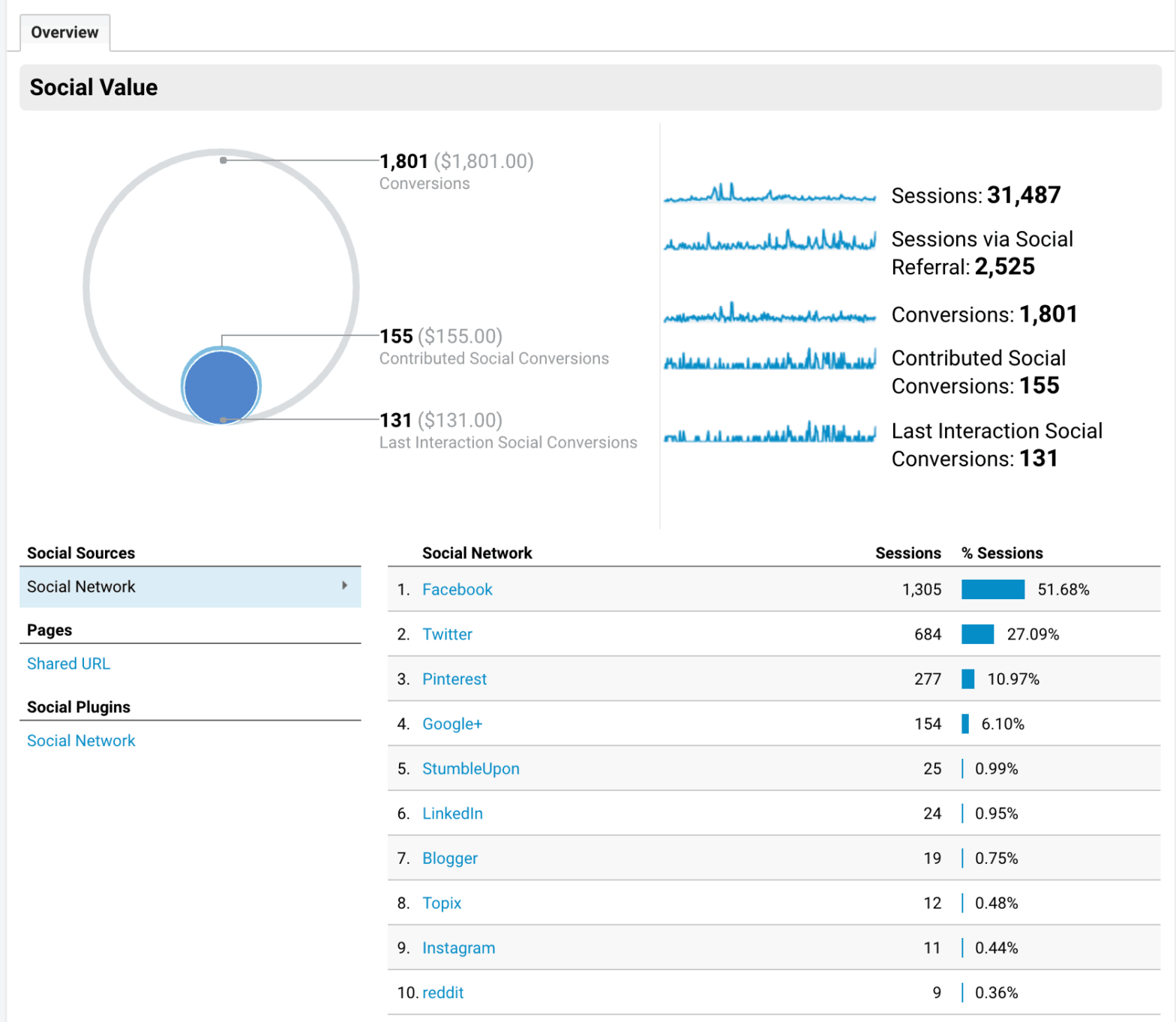More Google Analytics Reports For Publishers
Last time I talked at length about the specific Google Analytics information can offer to digital publishers that many often miss. Specifically, I talked about using Goals and Site Search features to get more insight into how pages relate to certain visitors and whatever other goals you set to learn what people seek when they get to your site.

This time I want to look at a couple of additional lesser-known features of Google Analytics to help Web publishers. Demographics and Engagement, both critically important to ensure that your targeting works and to confirm that you’re producing compelling content that people want to share with friends and colleagues.
Using the right data to look closer at who’s on your website
Google Analytics is excellent at demographics, but it makes you work to find the most valuable stuff. By analyzing your traffic, however, you can identify what size screens your visitors have, Mac, PC or mobile, preferred language, and, of course, their location, both by country (remember, the Web’s global) and by specific city too.

Right click in Chrome and select Inspect Element. Then choose the device type you’d like to view your site on.
A lot of publishers may be viewing their site on desktop, when in reality, they should be using Chrome to help them see their sites in the form that most of their visitors are typically seeing the site in. This happens a lot. A publishers traffic may be all mobile (iPhone 6), but the publisher may never even see what their site looks like on that device because they may edit on desktop and have an Android phone. What if your site has something displaying incorrectly on an iPhone?
Google Analytics can also identify more specific information often characterized as more psychographic: age, gender, income level and related. How it all gets correlated so that the information can be presented is a little bit of voodoo, but even if there’s a 10% error rate, it’s still very interesting. Perhaps you run a car review site: you’d expect it would be heavily male, but perhaps your writers are doing a better job than you think and your readership is 50% female!

Or vice-versa; you have a site where various authors write about divorce and your assumptions with advertisers and sponsorships is that it’s a majority female readership, but Analytics might reveal that there are a lot of men reading the articles too. Good to know, particularly before you add new topics for your editorial calendar and re-negotiate ad campaigns with your top three advertising partners.
How are users really navigating your website?
Do people like your site? Do they go from page to page and get pulled into all your fantastic content, or do they read the first paragraph – or just see the layout – and bail immediately? One of the most important variables in this regard is what Google calls Bounce Rate and it’s an important one to track on any site. Bounce Rate measures what percentage of people leave your site after a single page is viewed. The more engaging your site, the lower your bounce rate.
https://blog.ezoic.com/navigation-bounces-affect-seo-digital-revenue/
Unfortunately, Bounce Rate can be manipulated by certain user behaviors. Recently, we wrote about how to look at navigation bounces; which gives publishers a much better look at internal bounces and how they affect revenue and SEO.

Note: Bounce rate is also affected by the type of information you share too. If you have a reference site like Wikipedia or an online dictionary, you’ll likely have a high bounce rate because people hit the site, find what they want, and leave. A personal journal or resources for homeschoolers, by contrast, might have a crazy low bounce rate as anyone who lands on the site is likely to peruse for a while.
Either way, you can adjust Google Analytics to measure “bounce” differently on your site to better adapt to your audience. For example, you can set Analytics up to only record bounces when a user leaves the site prior to spending 1 minute in a session. Learn more about custom bounce rate here.
Here are some tricks for improving bounce rate.
Look at social media behavior and your website
Understanding your audience is also about social media, and Google Analytics can show you how many people got to your site from Facebook, Twitter, Pinterest, even Topix and Reddit, as shown in Figure One.

Google Analytics Shows How People Find You in Social Media
To identify the other half of the equation, what social links people use to share your content, you can add a plug-in like the social share feature in WordPress JetPack and track that half too. Between them, you can really fine-tune your social campaigns and see how they work together.
You can also assess overall effectiveness, of course, because the people sharing your content should lead others to that same content in a loop. Look closely at Figure One and you’ll see that for this site 2,525 of 31,487 sessions (visitors) were from social media sites. That’s less than 10%, which is pretty low. Looks like coming up with a better social media campaign is in order!
Data always needs context
Like with any other analytics tool, let’s just end by pointing out that if you don’t check and analyze the results you attain, it really won’t mean anything and can’t possibly help you improve your site, your traffic, and your revenue. Whether you dig deep into the world of Google Analytics or just want to dabble at the surface level, do something today.
What other reports have you found to be helpful?

